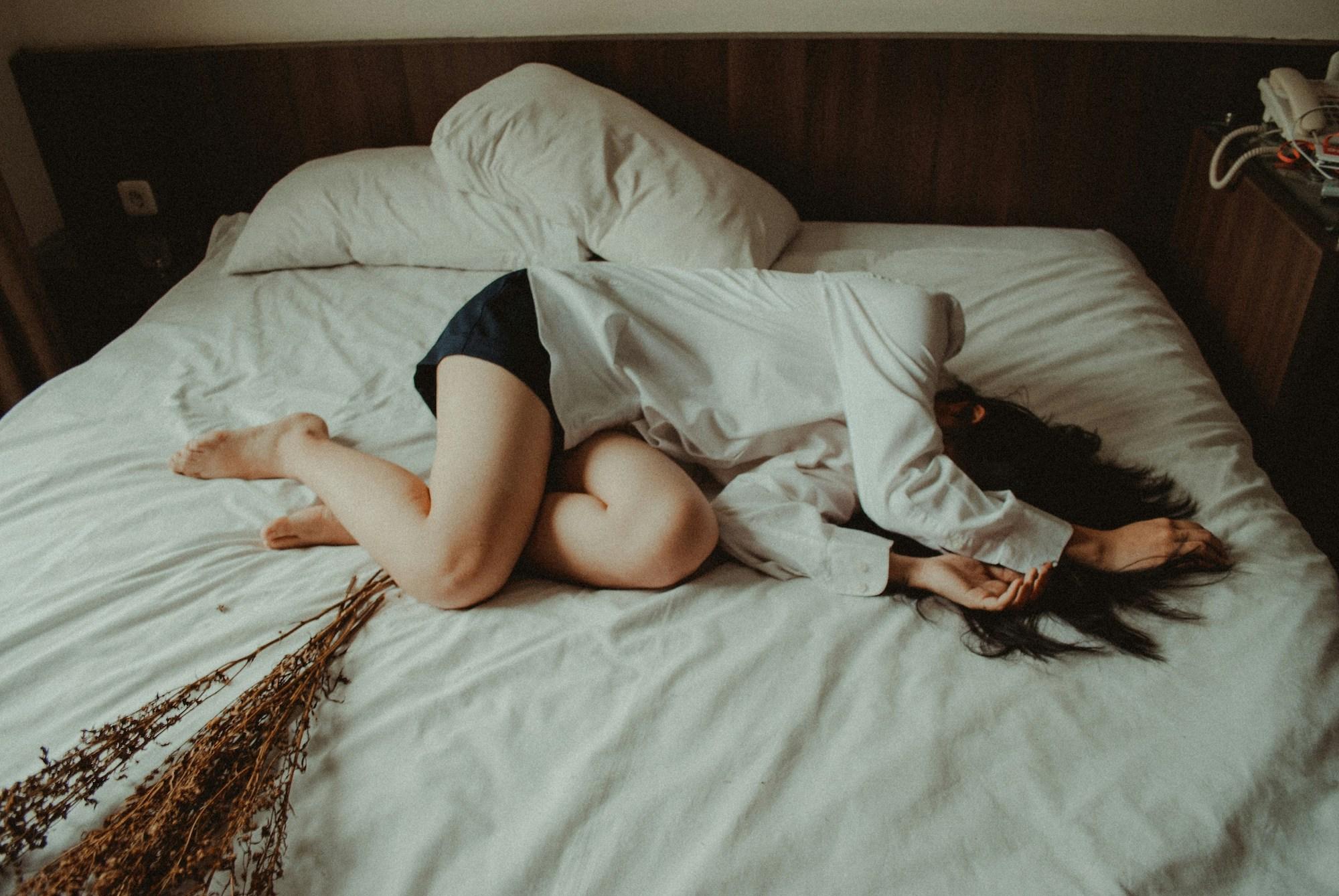Iceland asked its teens why they binge drink. Their responses changed everything
By James PoulosOct. 21 2024, Updated 4:38 p.m. ET
Ever party too hard? Well, what if your whole country did?
That was the buzzkill facing Iceland in the 1980s and 1990s. And it wasn’t primarily an adult issue. Teens were notoriously out of control — getting inebriated routinely, and not in the stay-at-home-and-chill kind of way.
As the Atlantic’s Emma Young reports, “Today, Iceland tops the European table for the cleanest-living teens. The percentage of 15- and 16-year-olds who had been drunk in the previous month plummeted from 42 percent in 1998 to 5 percent in 2016.
The percentage who have ever used cannabis is down from 17 percent to 7 percent. Those smoking cigarettes every day fell from 23 percent to just 3 percent.”
How did Iceland do it? By changing the way policymakers thought about addiction.
The initial view of addictive behavior around drugs and alcohol was familiar enough — in fact, it’s still fairly prevalent. Feel too bad, too good, or too blah about life and you turn to substances to alter what feels like the problem. It works — too well. Soon enough, you’re addicted.
That might be true in some people’s cases, but it’s also misleading. A different view, initiated by one American researcher whose work eventually took off in Iceland, supposed that people turning to drugs like heroin and methamphetamines were simply transferring addictive behavior from one set of practices to another.
People who turned to numbing drugs were likely already seeking numbing experiences without them; people attracted to intensifying drugs were probably seeking out crimes and confrontations that supplied their own kind of rush.
That researcher, Harvey Milkman, who now teaches part-time at Reykjavik University, wound up consulting in the early ‘90s for Iceland’s first-ever drug treatment center for teens. Milkman’s efforts caught the eye of Inga Dóra Sigfúsdóttir, then a researcher at the University of Iceland.
Her work, in turn, led to a historic high school survey administered across the country in 1992, 1995, and 1997. Questions focused on not only drug and alcohol use but on students’ social lives, including time spent with family and in structured outside activities.
The survey’s results showed that drug education was almost beside the point. Iceland’s teens didn’t need their awareness raised; they needed their ties to substances cut and their ties with families and friends strengthened.
And that’s what they got. Parent and student council laws were passed in tandem with restrictions on tobacco and alcohol sales and marketing. Curfew laws were passed, keeping teens off the streets in the wee hours.
And the government ponied up to ensure kids had access to activities that could provide constructive companionship and skill development outside of school.
And the surveys haven’t ended. Every year, lawmakers can see the fruits of their labors. While other countries continue to puzzle over what to do about similar problems, Iceland has learned a different way to party.


